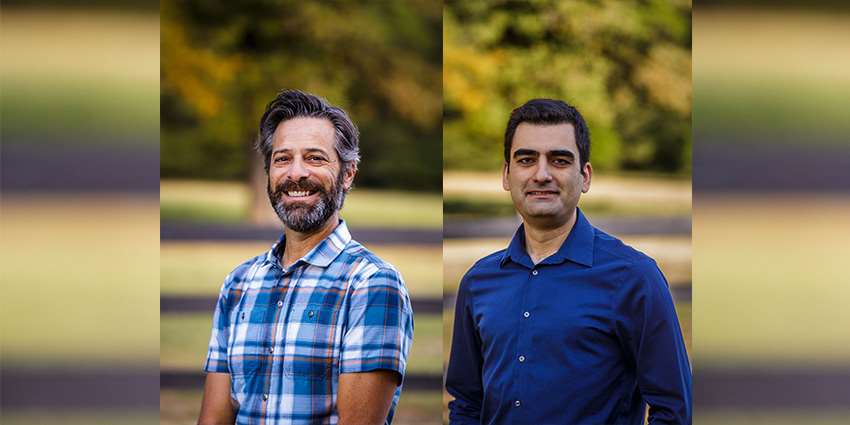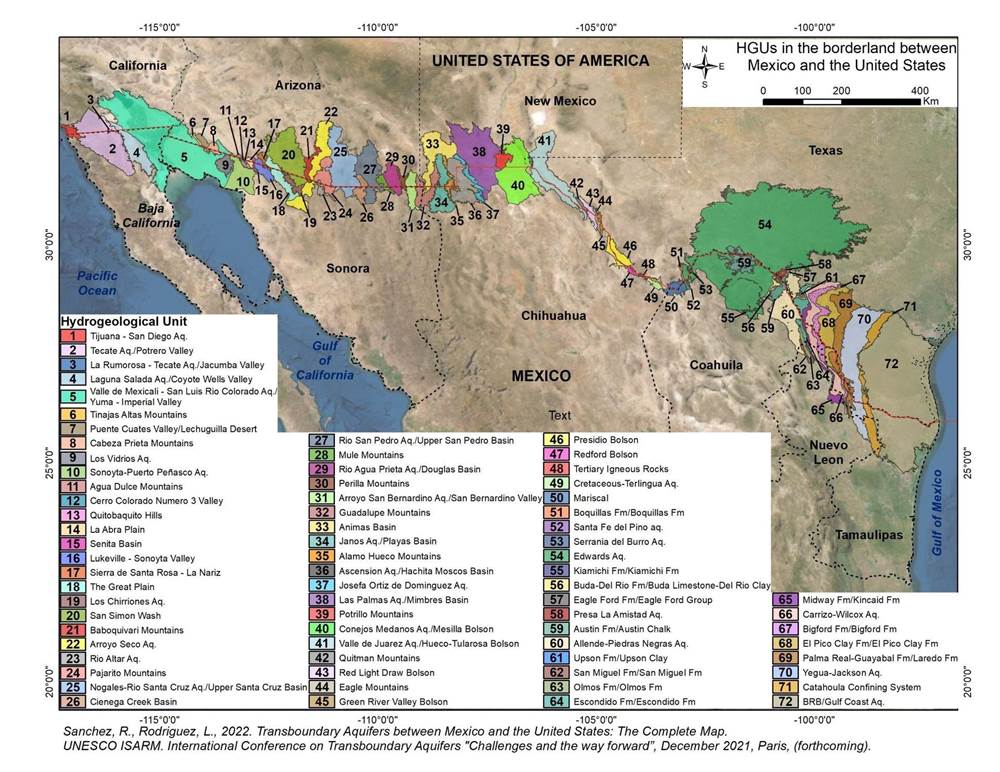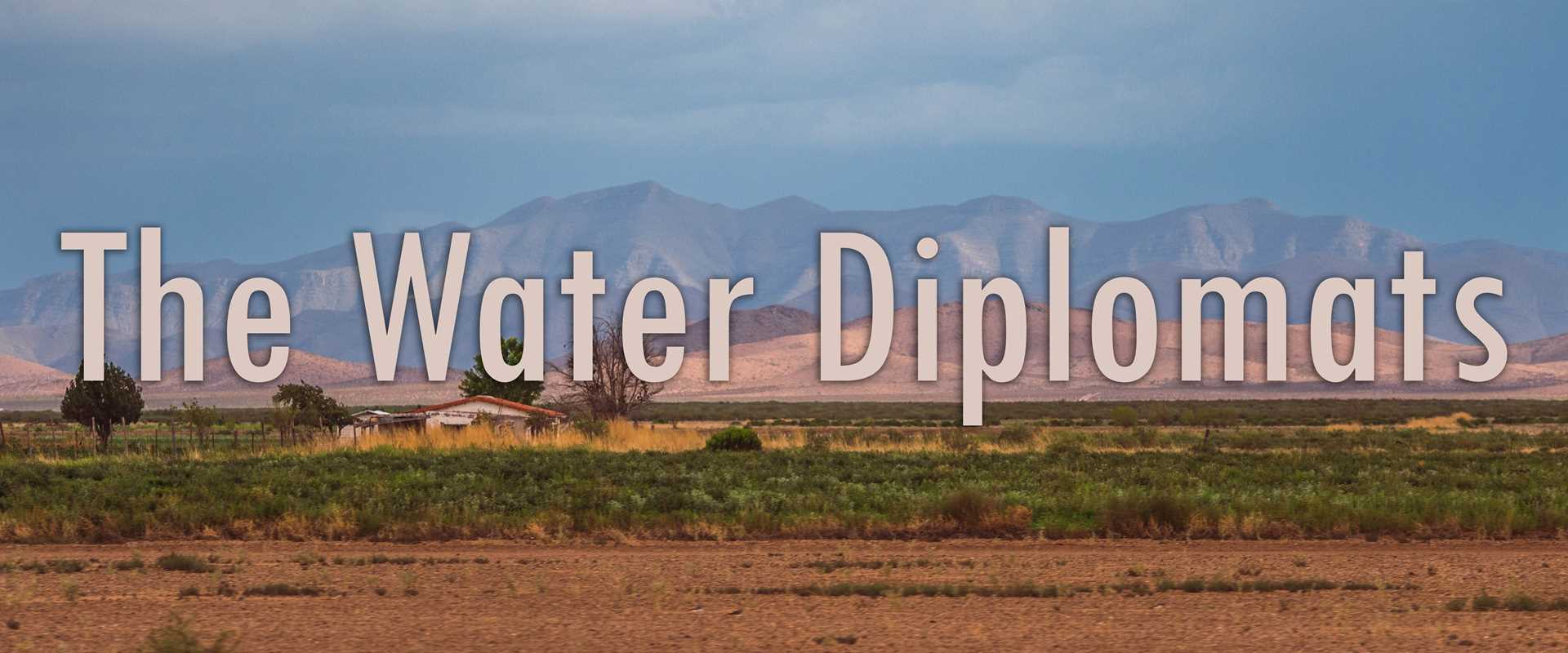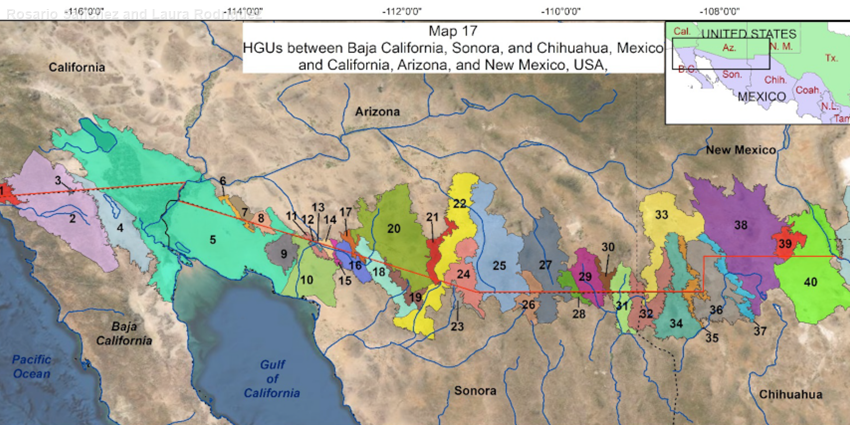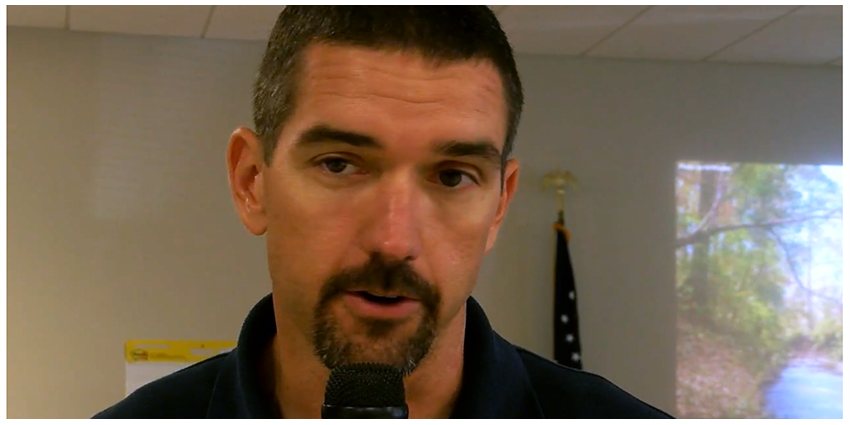Tag: Media Appearances
-
Big city solution: Installing green stormwater infrastructure slows down, cleans up runoff
Not only has population growth and aging infrastructure put a strain on existing stormwater drainage systems in Texas, but climate change impacts have also made extreme one-day rainfall events more common. Rapid urbanization’s increased impervious surfaces have sped up how fast extreme rainfall runs off into rising waterways, prompting flooding. How should local governments deal with these compounding challenges? Local…
-
La científica mexicana Rosario Sánchez defiende el agua
Artículo escrito por Hugo Arce, El Heraldo de México La doctora Rosario Sánchez Flores es diplomática, científica, mamá de dos pequeños e investigadora de mantos acuíferos transfronterizos entre México y Estados Unidos. Nació en Saltillo, Coahuila, “donde tuve una infancia muy feliz, con unos padres admirables. Mi papá siempre cuidó la naturaleza y mi mamá me dijo…
-
Researchers solve one of the Borderlands’ biggest water puzzles
Article originally written by Caroline Tracey – High Country News The U.S. and Mexico share underground water basins that span more than 121,500 square miles of the Borderlands. But the two countries have no regulations for managing those common aquifers, in part, because historically very little was known about them. That’s changing. On Dec. 28,…
-
The Water Diplomats
Article originally written by Chantal Cough-Schulze The Gift Alfredo Granados Olivas has a farm in Chihuahua, Mexico, about a 30-minute drive south of the border with New Mexico. When we visited, he was sitting at the head of a kitchen table on that farm. He’d gathered about 20 people — researchers, students and family members…
-
Lucas Gregory encourages good stewardship along La Nana Creek
Lucas Gregory, Ph.D., associate director of the Texas Water Resources Institute, spoke to KTRE 9 News of Lufkin and Nacogdoches, Texas during the Feb. 16 La Nana Bayou stakeholder meeting about the impact of E. coli in the creek and what stakeholders can do. “Currently the creek has bacteria levels that are above where the state wants them to be and…
-
Visualizing the aquifers that straddle the U.S.-Mexico border
Article originally written by Jessica Kutz, High Country News Last year, amid widespread drought, a violent protest over water erupted in Chihuahua, Mexico, a state in the northwestern part of the country. Local farmers armed themselves with sticks, rocks and Molotov cocktails and took over the Boquilla Dam, which was holding the water they desperately…
-
Allen Berthold discusses managing water for agricultural use
Article originally written by Mark Rosenburg Dr. Allen Berthold spends much of his time thinking about water. Berthold has spent the last 13 years at the Texas Water Resources Institute, where he has worked on a number of projects, including guiding communities through the watershed protection planning process and identifying alternative water sources for agricultural…
-
Stephanie deVilleneuve improves producers’ soil, water quality
An article was recently published in Morning Ag Clips about the work of TWRI research assistant, Stephanie deVilleneuve, to improve producers’ soil and water quality. DeVilleneuve has been inspired and curious about the natural world throughout her life and that curiosity has led her to action. First environmental science captured her attention, then she was inspired by water and its…
-
Lucas Gregory discusses E. coli reduction in La Nana Creek
Lucas Gregory, Ph.D., assistant director of TWRI, spoke to KTRE 9 News of Lufkin and Nacogdoches, Texas. He spoke to reporters during the Aug. 11 La Nana Bayou stakeholder meeting about E. coli in the creek. “The simplest way to look at it is everything with hair, fur and feathers is a source of E. coli,” Gregory told KTRE. “Basically, the…
-
John Tracy talks Fort Worth’s critical infrastructure on KERA radio
John Tracy, Ph.D., director of TWRI, spoke to Miranda Suarez of KERA News, North Texas’ PBS and NPR member station, on March 11. During the freeze and subsequent power outages in Fort Worth, city hospitals were prioritized for power. Still, three of the city’s four plants lost power despite being considered critical infrastructure as well.…

